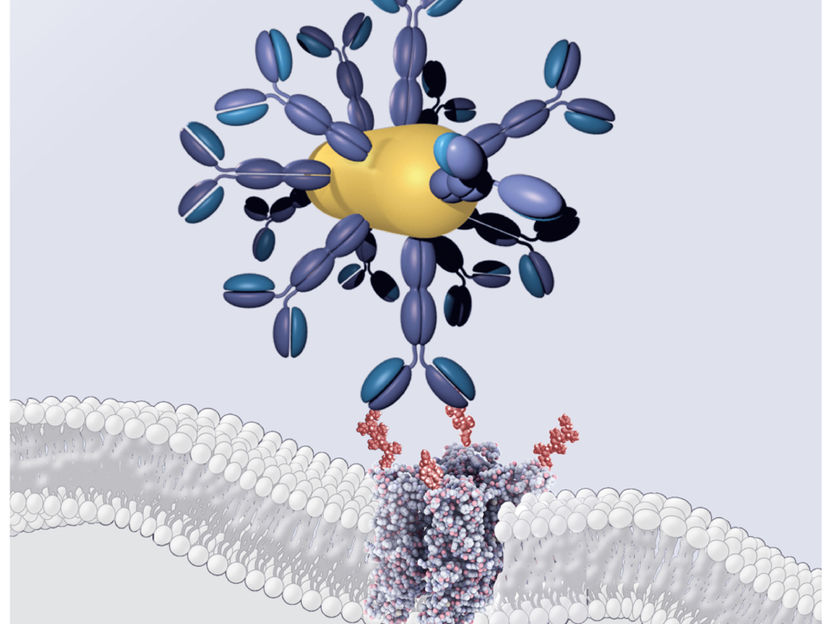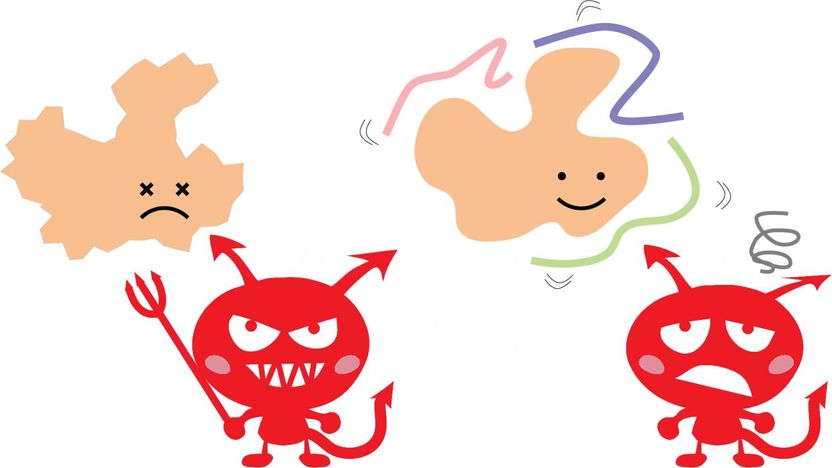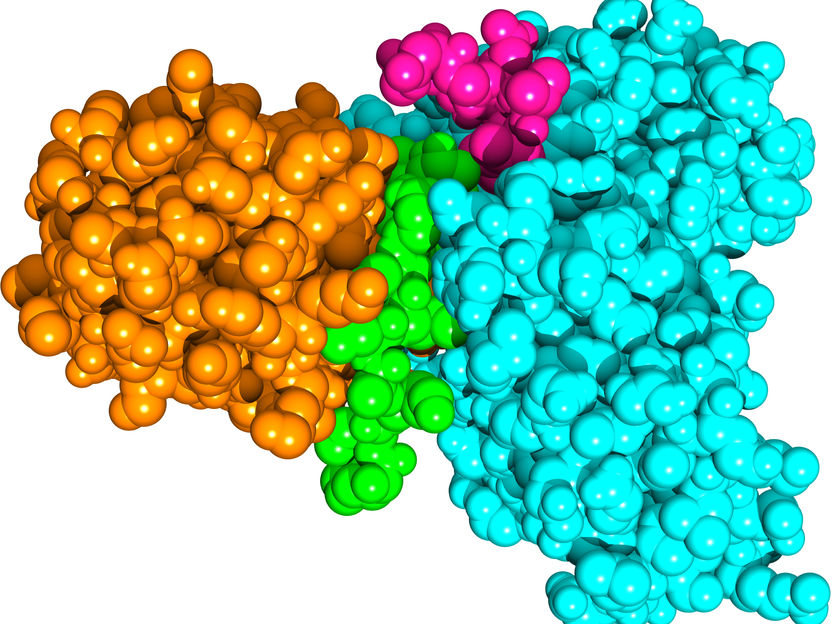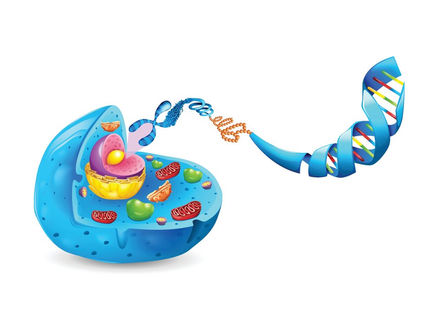New method for producing synthetic DNA
Chemically synthesized short DNA sequences are extremely important ingredients with countless uses
The DNA sequences produced are also called oligonucleotides. These are widely used for disease identification, for the manufacture of oligonucleotide-based drugs, and for several other medical and biotechnological applications.

PhD Alexander Sandahl, together with Professor Kurt Gothelf, Professor Troels Skrydstrup and a number of students in the groups, has developed a method for efficient and automated production of ingredients for DNA synthesis.
Illustration: Colourbox
The high demand for oligonucleotides therefore requires an efficient automated method for their chemical production. This process relies on phosphoramidites, which are chemical compounds that have the disadvantage of being unstable unless stored at the ideal -20 degrees Celsius.
Instruments used for DNA synthesis are not able to cool down the phosphoramidites, and consequently it is unavoidable that some of them degrade after being added to the instrument.
Avoiding unwanted degradation of important ingredients
Professor Kurt Gothelf and Professor Troels Skrydstrup are each heading a research group in organic chemistry, which have worked together to develop a relatively simple but efficient technology where the production of phosphoramidites can be automated and integrated directly into the instrument for DNA synthesis.
This avoids both the manual synthesis of these, which normally would take up to 12 hours, as well as the problem of storing unstable phosphoramidites. Gothelf's group has contributed with their expertise in automated DNA synthesis and Skrydstrup's group has contributed with their know-how with chemical reactions that take place in continuously flowing liquids (flow chemistry).
"It has been a very rewarding collaboration which is precisely one of the core values of iNANO", says Kurt Gothelf, who adds "and I would also like to attribute to Alexander Sandahl a large part of the credit for this project being successful, as he has established the collaboration and has developed and realized a large part of the ideas for the project."
In the method of producing phosphoramidites, nucleosides (starting materials) are flushed through a solid material (resin), which can potentially be fully integrated into an automated process in the instrument for DNA synthesis. The resin ensures that the nucleosides are rapidly phosphorylated, whereby the nucleosides are converted to phosphoramidites within a few minutes. From the resin, the phosphoramidites are automatically flushed on to the part of the instrument which is responsible for the DNA synthesis.
This avoids the degradation of the phosphoramidites, as they are first produced just before they are to be used (on-demand), in a faster, more efficient flow-based way that can potentially be automated and operated by non-chemists.
Original publication
Other news from the department science

Get the life science industry in your inbox
By submitting this form you agree that LUMITOS AG will send you the newsletter(s) selected above by email. Your data will not be passed on to third parties. Your data will be stored and processed in accordance with our data protection regulations. LUMITOS may contact you by email for the purpose of advertising or market and opinion surveys. You can revoke your consent at any time without giving reasons to LUMITOS AG, Ernst-Augustin-Str. 2, 12489 Berlin, Germany or by e-mail at revoke@lumitos.com with effect for the future. In addition, each email contains a link to unsubscribe from the corresponding newsletter.
Most read news
More news from our other portals
Last viewed contents
Emergent BioSolutions Announces Appointment of Ronald Richard to the Board of Directors

Deadly combination: new direct trigger for cell death discovered - Understanding the basic mechanisms that lead to cell death is essential for the development of therapies for cancer and other diseases

Bayer: Supervisory Board extends CEO Werner Baumann’s - Contract until the end of April 2024

Restoring vision by gene therapy - Latest scientific findings give hope for people with incurable retinal degeneration
Pantec Biosolutions receives ISO 13485 certification
Stora Enso awarded as Finland’s most startup-friendly company
Genetic screening before embryo transfer fails to improve the chance of a baby

Hero proteins are here to save other proteins - New group of proteins prevent dangerous clumps associated with neurodegenerative diseases
Applied DNA Sciences collaborates with Advanced Coding Systems to produce DNA-embedded microwires




















































